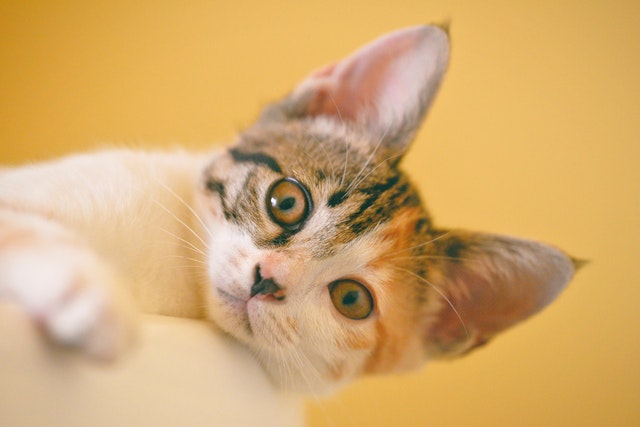Cat wounds and abscesses may be frustratingly persistent due to several circumstances.
Catfights are prevalent and can result in cat injuries. Fortunately, cats’ skin tends to mend fast. The disadvantage is that any microorganisms inside the damage will be locked within. Eventually, an abscess will grow and rupture, leaving behind a pus-filled wound. The veterinarian may clean the wound, suture it, and provide antibiotics.
The situation will often be resolved as the cat is prevented from scratching the wound as it heals, and the drainage tube remains clean and unclogged. Occasionally, though, this is just the beginning, and pet owners must cope with a wound that continues reopening.
You can see why this may be occurring below:
Antibiotics Resistant to Bacteria
As with human pathogens, many bacteria are developing resistance to medications. If the bacteria invading the wound are resistant to the antibiotic, the infection will only be briefly contained. Then, though, its numbers will increase, another abscess will form, and the incision will reopen.
Cat Leukemia
The retrovirus that causes feline leukemia infects two to three percent of cats in the United States. It may be transmitted by saliva and other bodily fluids. This virus makes it harder for a cat to defend itself against infection. Additionally, a healthy cat’s bacterial counts might readily combat grow fast in an infected cat, resulting in poor wound healing. Nevertheless, a simple blood test can identify whether or not a cat has feline leukemia.
AIDS in cats
FIV or feline AIDS is a viral virus that destroys a cat’s immune system. Like feline leukemia, it is transmitted by body fluids and poor wound healing. A blood test may also exclude this as a possible reason.
Diabetes Mellitus in Cats
Diabetes in cats may likewise hinder the healing process in people. Therefore, a veterinarian will first use a dipstick to test the cat’s urine for both glucose and ketones. If this test is positive, a blood test will determine that the cat has feline diabetes.
Necrotic Tissues
If the lesion was not noticed for some time before veterinary assistance was sought, necrotic (dead) tissue may need to be removed before suturing. Additionally, if there is the insufficient blood supply to the region, it will not heal correctly and may reopen, especially if touched.
Foreign Entities
Occasionally, after a wound is repaired, a little bit of debris, such as a part of another cat’s claw, may escape undiscovered. Consequently, the injury might reopen as it attempts to reach the surface. In addition, X-rays may often reveal the location of the irritation that must be eliminated before suturing.
Feline Military Dermatitis
A diagnosis of feline military dermatitis is just the beginning since it may be caused by various factors, including allergies, fleas, fungal infections, and hormonal imbalances. However, suppose a cat constantly scratches the exact location, and the skin is red and rough or otherwise irritating. In that case, the cat may be scratching excessively and repeatedly opening the skin.
Having a cat with a recurring wound is annoying and costly. However, effective communication with your veterinarian may go a long way toward identifying the source of the issue. But, first, you must determine how to care for your cat in English.

